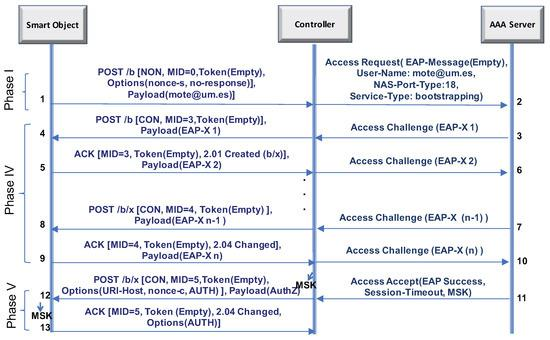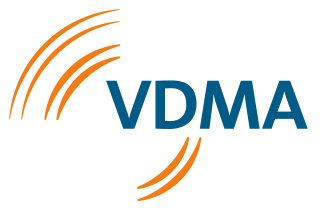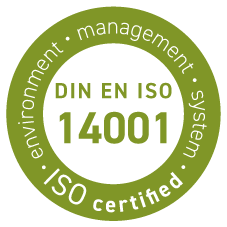This blog gives details of tools and platforms used in the large scale experiment performed under NGIAtlantic.eu project in closed partnership of asvin and East Carolina University.
asvin FUOTA Platform
asvin facilitates an open-source cloud computing stack via gateways to sensor nodes to distribute and apply firmware updates and patches in an Internet of Things network. The solution uses an open-source enterprise-grade permissioned Distributed Ledger Technology powered by Hyperledger Fabric and Besu to record all process logs and Interplanetary File System protocol is utilized to distribute firmware files in a peer-to-peer fashion architecture. In today’s computing world, it is essential for any industry grade solution to be secured, decentralized and lighting fast. The Hyperledger Fabric and Besu based blockchain facilitate a very secure platform. All parties in the network are authenticated and every transaction happening among them are stored in an immutable distributed ledger. Additionally, IPFS safeguards from single point failure.
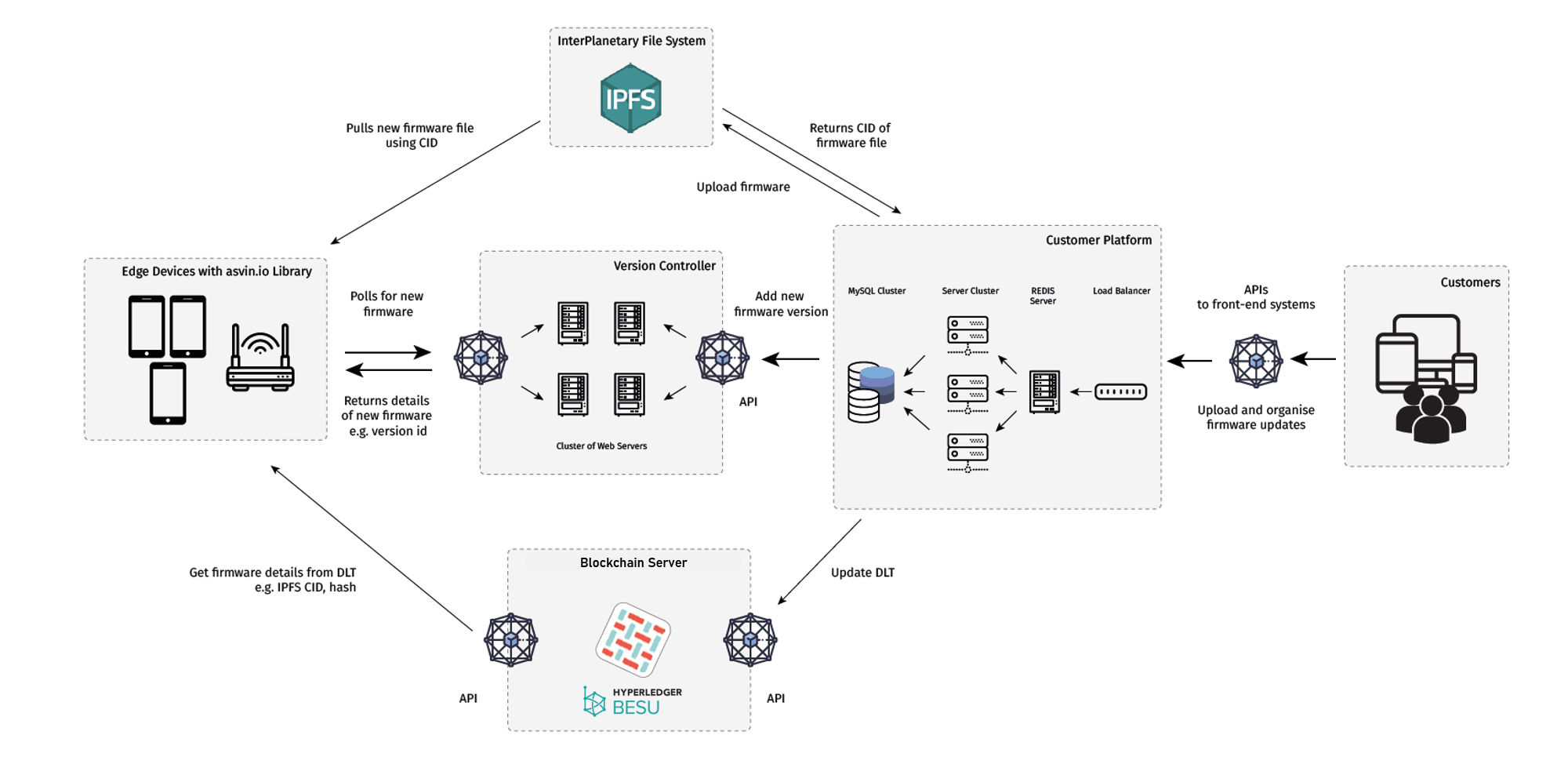
Physical Unclonable Function
Physical Unclonable Function is a cryptographic primitive which produces fingerprints for a physical object. The PUF fingerprints are unique, unclonable, and inherent-specific measurement of physical objects [1]. They can be thought of as lifeless equivalent of human biometrics. The PUF exploits inherent submicron variations in a physical object which occur naturally during manufacturing and fabrication process [3]. The variations result in measurable electronic properties, though they are minute. The PUFs works on Challenge-Response principle. It means that inputs(challenge) are given to a PUF, and it generates output (response). Because of submicron variations each device produces individually unique responses. The response is utilized to establish a device identity or a secret key.
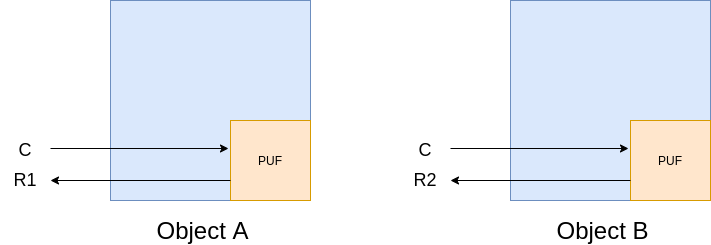
LO-CoAP-EAP
The Low-Overhead-CoAP-EAP (LO-CoAP-EAP) was designed with the integration of Authentication, Authorization and Accounting (AAA) infrastructures, EAP and CoAP for network access authentication of IoT devices. The protocol combines the best characteristics of all three. The AAA infrastructures provide scalability, and a common core, technology independent service centralizing the authentication and key distribution procedures. The CoAP is a lightweight data transfer protocol. Finally, EAP brings the flexibility to choose a suitable authentication method based on individual requirements. The LO-CoAP-EAP is comprised of 3 components, i.e., Smart Object, Controller and AAA Server.
